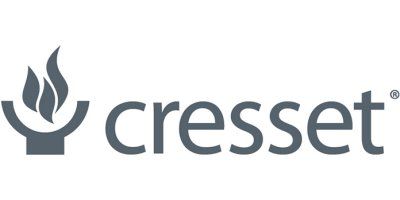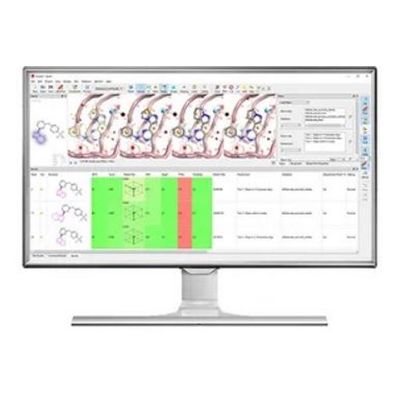

Cresset Group

Model Spark - Desktop and Server-based Solutions
FromCresset Group
Generate highly innovative ideas for your project to explore chemical space and escape IP and toxicity traps.
Find biologically equivalent replacements for key moieties in your molecule and be guided through the process of growing and linking ligandsWhether your research goal is R-group exploration, patent busting or scaffold hopping, your results will include structures you have thought of yourself, plus new structures that make chemical sense and are totally unexpectedSpark gives you a head start, letting you explore the likely results of your substitutions from the desktop before transferring your best ideas to the bench
- Generate highly innovative ideas for your project
- Move to new series and non-obvious IP by swapping scaffolds
- Find the best R-groups from your reagents
- Grow a ligand into new space, picking ligand-protein interactions directly from the active site, or guided by existing ligands
- Join two ligands sitting in different regions of your protein active site
- Cyclize a molecule by joining two atoms with a linker
- Search for an R-group which will displace a crystallographic water molecule near your ligand
Spark databases are derived from commercially available screening compounds (eMolecules screening compounds), literature reports (ChEMBL), theoretical ring systems (VEHICLe) and commercial reagents (eMolecules building blocks).
Larger databases are split based on the frequency of occurrence of the fragments.
Spark databases based on small molecule crystal structure data from the Crystallography Open Database and Cambridge Structural Database are also available.
- Quickly generate a range of novel molecules from an initial structure
- Profiling and scoring help you choose the most innovative and tractable leads with the properties you need
- Use filters to find the result with the right mix of physicochemical properties and biological activity
- Visualize results in detail side-by-side, or cluster similar chemical scaffolds
- Search for moieties from real, published or unexplored compound databases
- Create your own custom databases based on the reagents you have available or your proprietary chemistry
